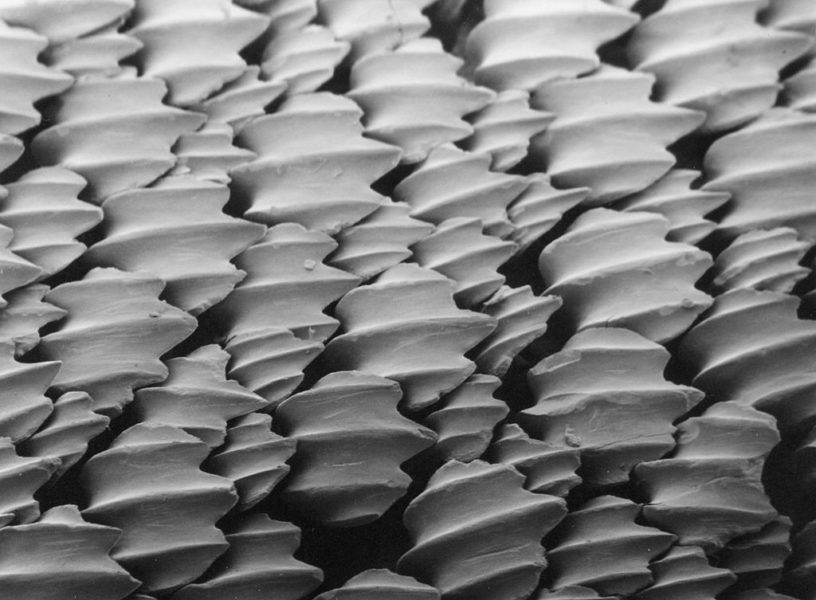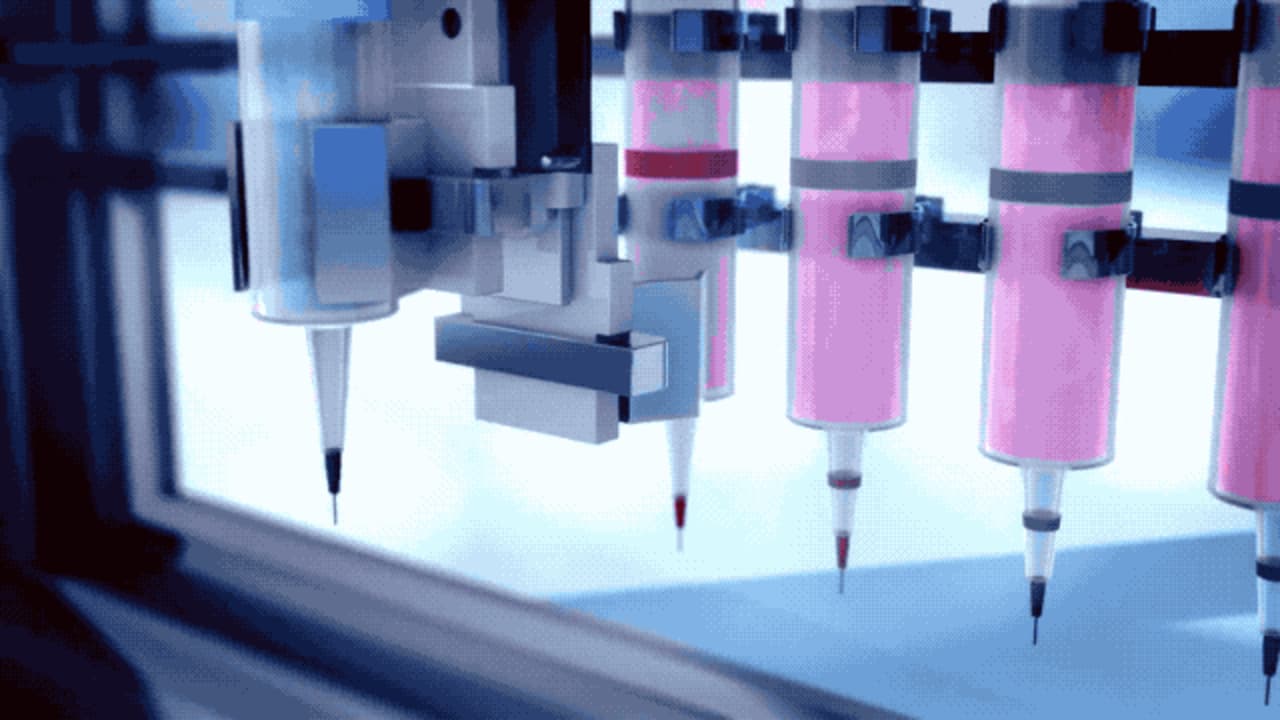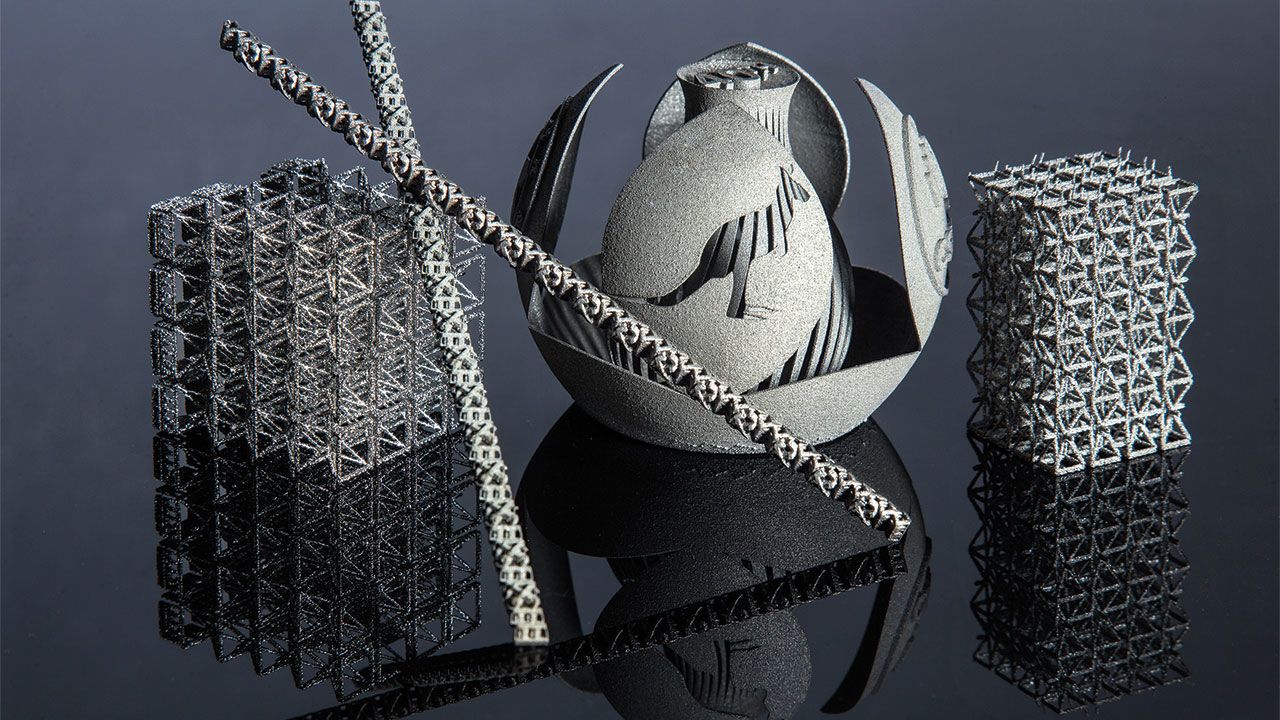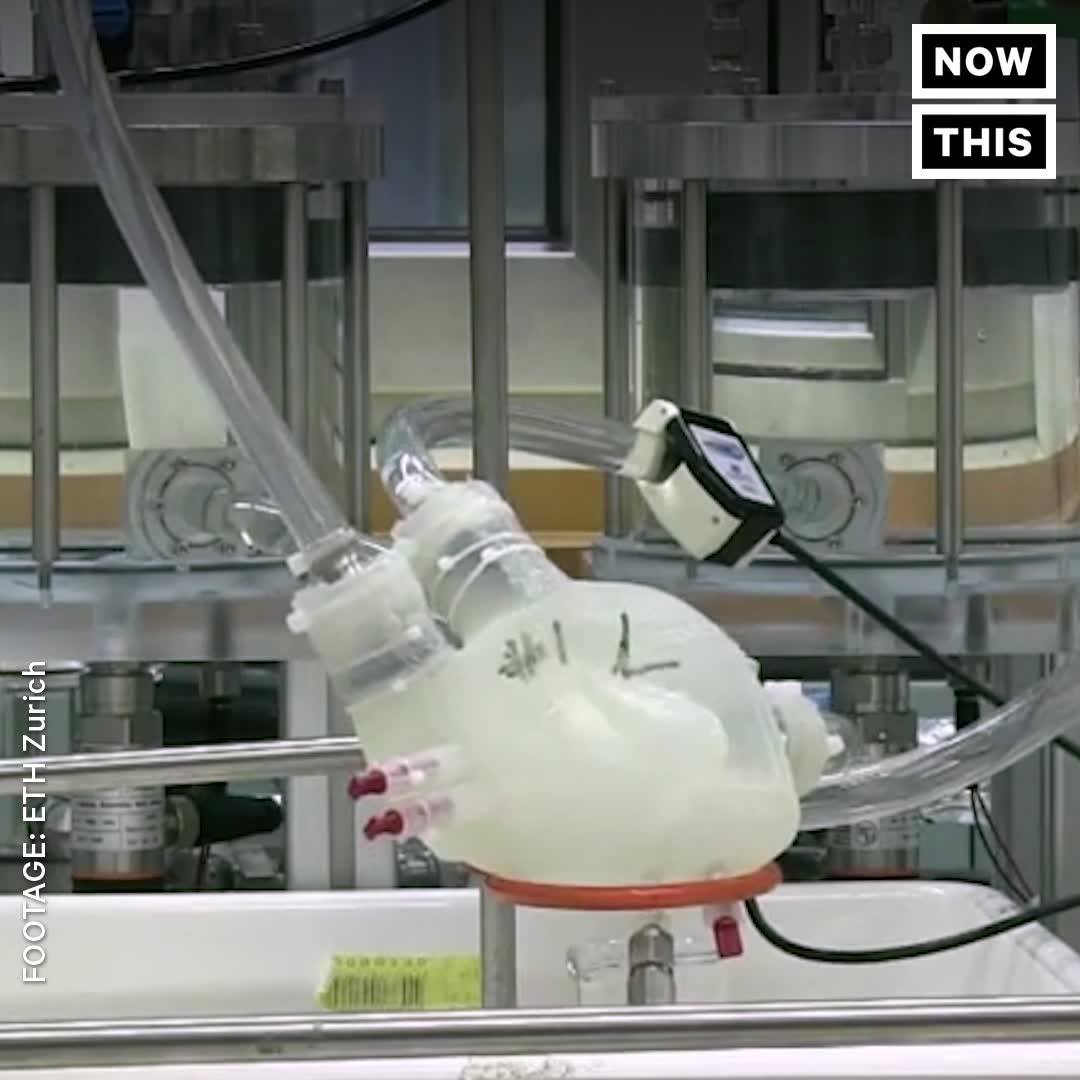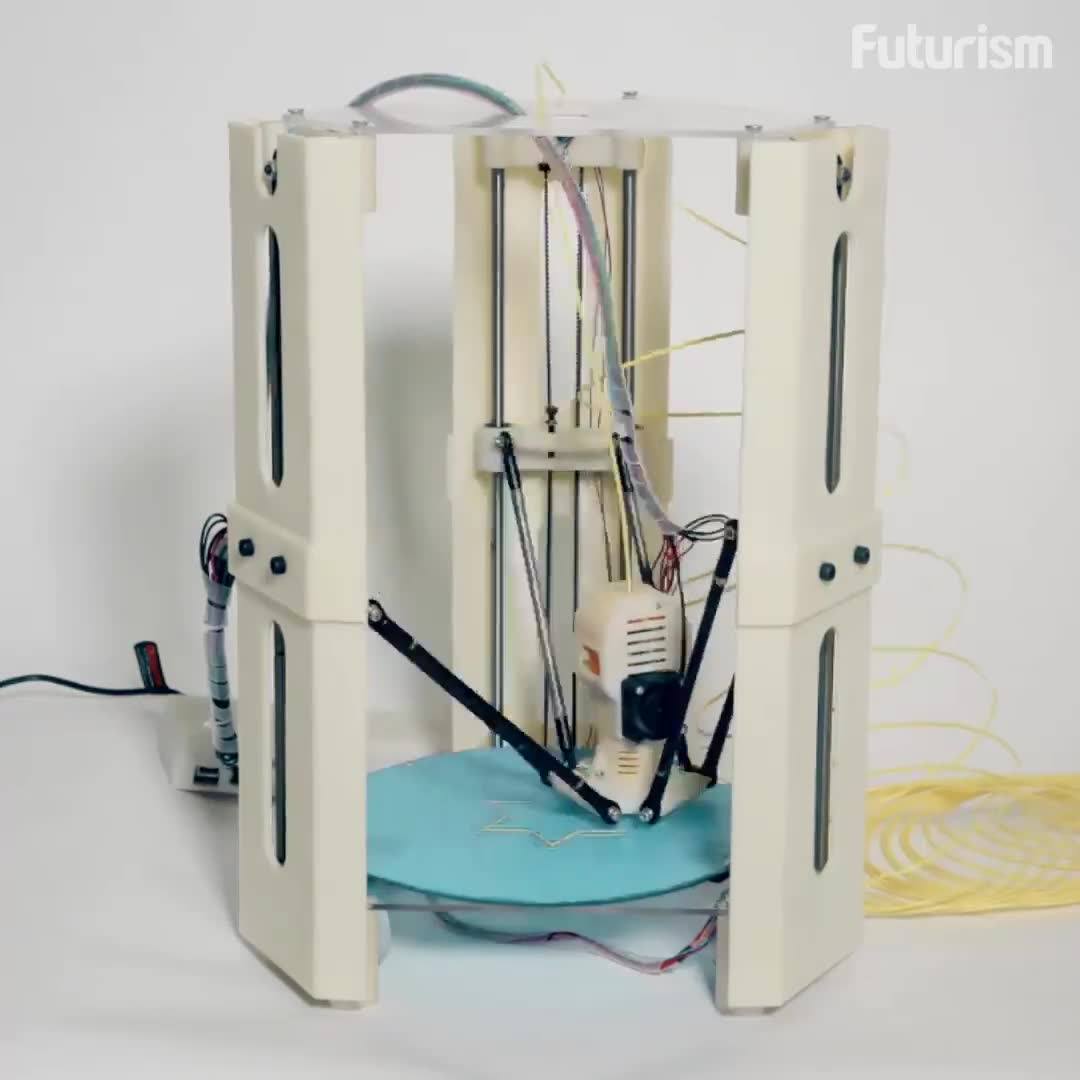Archive for the ‘3D printing’ category: Page 82
Feb 1, 2018
3D printing of living cells
Posted by Genevieve Klien in categories: 3D printing, biotech/medical, computing
Using a new technique they call “in-air microfluidics,” University of Twente scientists succeed in printing 3D structures with living cells. This special technique enable the fast and ‘on-the-fly’ production of micro building blocks that are viable and can be used for repairing damaged tissue, for example. The work is presented in Science Advances.
Microfluidics is all about manipulating tiny drops of fluid with sizes between a micrometer and a millimeter. Most often, chips with tiny fluidic channels, reactors and other components are used for this: lab-on-a-chip systems. Although these chips offer a broad range of possibilities, in producing emulsions for example—droplets carrying another substance – the speed at which droplets leave the chip is typically in the microliter per minute range. For clinical and industrial applications, this is not fast enough: filling a volume of a cubic centimeter would take about 1000 minutes or 17 hours. The technique that is presented now, does this in a couple of minutes.
Feb 1, 2018
Working, Beating Hearts Will Soon Be 3D-Printed From Patients’ Own Cells
Posted by Klaus Baldauf in categories: 3D printing, biotech/medical
Heart cells grown in a lab and assembled in the shape of the organ will eventually start beating in unison–and create a heart for a patient that has a higher chance of success in a transplant than one from another human.
Jan 24, 2018
‘Floating 3D printing’ brings sci-fi-style projections closer
Posted by Shane Hinshaw in category: 3D printing
‘Optical trap display’ projects graphics into the air, where they are visible from all angles.
Jan 20, 2018
You could soon be manufacturing your own drugs—thanks to 3D printing
Posted by Derick Lee in categories: 3D printing, biotech/medical, chemistry
But it remains to be seen whether drug regulators will go along with a new way of making medicines. To do so, agencies like the U.S. Food and Drug Administration will need to rewrite their rules for validating the safety of medicines. Instead of signing off on the production facility and manufactured drug samples, regulators would have to validate that reactionware produces the desired medication. Cronin agrees it’s a hurdle. But he argues that future printed reactors could simply include a final module containing standard validation tests that produce a visual readout, much like a pregnancy test. “I think it’s manageable.”
Digitized chemistry on demand could also undermine drug counterfeiters.
Jan 20, 2018
Army Grapples With Cyber Age Battles In Megacities
Posted by Klaus Baldauf in categories: 3D printing, biotech/medical, drones, law, military, terrorism
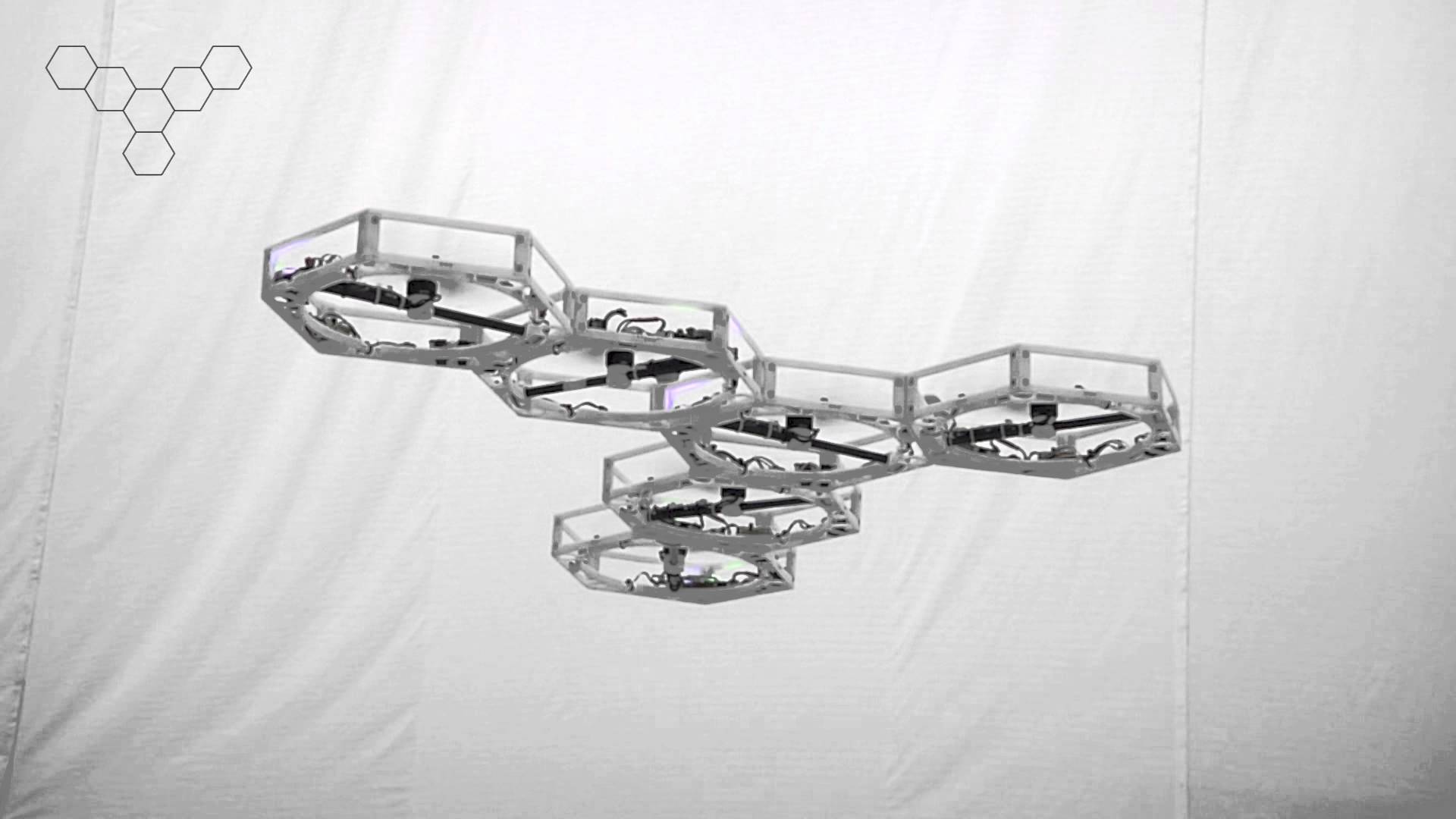
High-tech warfare at knife-fight ranges: that’s the ugly future of urban combat. If you thought Baghdad was bad, with its roughly six million people, imagine a “megacity” of 10 or 20 million, where the slums have more inhabitants than some countries. Imagine a city of the very near future where suspicious locals post every US military movement on Twitter with digital photos and GPS-precise coordinates. Imagine roadside bombs that fly because the bad guys downloaded blueprints for a kamikaze mini-drone and built it with their 3D printer.
As the US pulls out of the mountains and deserts of Afghanistan, the Navy and Air Force may be looking to the wide-open Pacific, but the Army is increasingly concerned about the cramped alleyways of Third World cities. (The Marines, as usual, have a foot in both worlds). Chief of Staff Ray Odierno’s personal Strategic Studies Group — now led by hybrid warfare expert David Johnson — is working on the subject, as is the Army’s think tank and teaching institution, Training and Doctrine Command (TRADOC). This August, after months of seminars, simulations, and study, the Army War College will host a “deep future wargame” set in a megacity, probably a coastal one, circa 2035.
Continue reading “Army Grapples With Cyber Age Battles In Megacities” »
Jan 18, 2018
This 3D-Printed Heart Could Replace Blood Pumps
Posted by Genevieve Klien in categories: 3D printing, biotech/medical
Jan 9, 2018
Sex Robots That Can Make Babies May Soon Be Available
Posted by Shane Hinshaw in categories: 3D printing, biotech/medical, robotics/AI, sex
The scientist behind an advanced sex robot has plans for 3D printed offspring. Samantha, developed by Spanish robotics firm Synthea Amatus, went on sale in the United Kingdom last month for around $5,000 — but while the A.I. present in the initial version offers a range of functions like telling jokes, discussing philosophy and synchronizing climaxes, a future version could offer more ambitious features.
“I can make them have a baby. It’s not so difficult. I would love to have a child with a robot,” Sergei Santos, creator of Samatha, told The Sun in a Friday story.
Sex robots are a growing, but controversial, area of artificial intelligence. While some argue that such machines could spark a wider discussion about sexuality, others object to the aim to replicate human interaction. Futurologist Ian Pearson claims that by 2050, more than half of people will have sex with a robot.
Continue reading “Sex Robots That Can Make Babies May Soon Be Available” »
Dec 21, 2017
A robot can print this house in as little as 8 hours — By Leanna Garfield | World Economic Forum | Business Insider
Posted by Odette Bohr Dienel in categories: 3D printing, architecture, sustainability

“Building a house by hand can be both time-consuming and expensive. Some homebuilders have chosen to automate part of the construction instead.”
